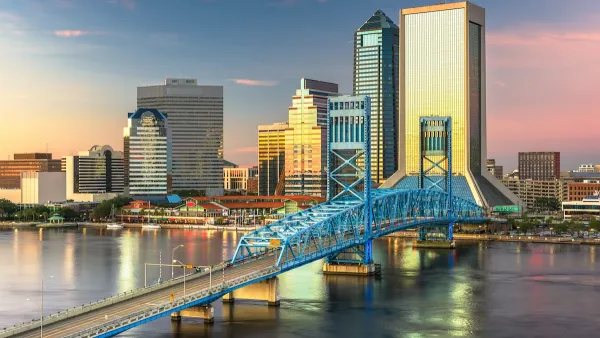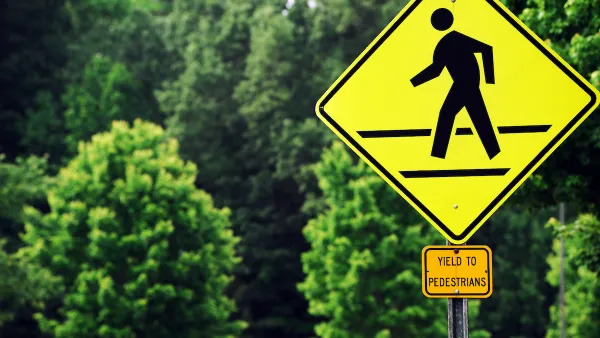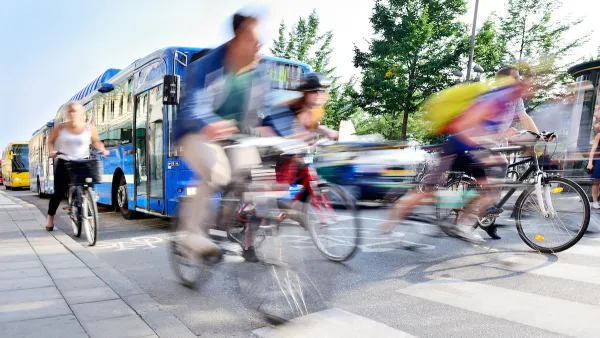The city aims to make its streets more walkable and reduce traffic violence by investing in sidewalks and other safety improvements.

Last month, Kansas City adopted a Vision Zero plan that pedestrian advocates hope will be a step toward making the city safer and more walkable. According to an article by Mili Mansaray for KCUR, “Residents complain about missing and poorly marked crosswalks and crumbling sidewalks.” The city’s walkability score, as defined by Walkscore.com, sits at 35 out of 100.
“We as a city, like most American cities, rely on design standards and other rules that do not prioritize pedestrians and other vulnerable road users,” said Michael Kelley, the policy director of BikeWalkKC. And, like other cities, Kansas City has seen a sharp rise in pedestrian deaths in the last decade, with communities of color disproportionately affected by traffic violence. “Smart Growth America reports that older adults were also struck and killed at much higher rates than other populations in 2020.”
Now, the city plans to implement more safety improvements and prioritize the communities that need them most through an $900 million infrastructure plan approved by voters in 2017, Go KC. “Through the Go KC bond program, the city will spend $7.5 million on sidewalks every year. Of that, $5.5 million will be used for sidewalks, and $2 million will be used on improvements to make streets safer for people with disabilities, such as curb ramps and colorful sidewalk bumps.”
Advocates are calling on the city to update its 2003 Walkability Plan and devote more resources to prioritizing pedestrians and other non-driving modes on the city’s roads and reconnecting communities cut off from resources by urban renewal projects.
FULL STORY: Can Kansas City park its cars and become more walkable?

National Parks Layoffs Will Cause Communities to Lose Billions
Thousands of essential park workers were laid off this week, just before the busy spring break season.

Retro-silient?: America’s First “Eco-burb,” The Woodlands Turns 50
A master-planned community north of Houston offers lessons on green infrastructure and resilient design, but falls short of its founder’s lofty affordability and walkability goals.

Delivering for America Plan Will Downgrade Mail Service in at Least 49.5 Percent of Zip Codes
Republican and Democrat lawmakers criticize the plan for its disproportionate negative impact on rural communities.

Test News Post 1
This is a summary

Test News Headline 46
Test for the image on the front page.

Balancing Bombs and Butterflies: How the National Guard Protects a Rare Species
The National Guard at Fort Indiantown Gap uses GIS technology and land management strategies to balance military training with conservation efforts, ensuring the survival of the rare eastern regal fritillary butterfly.
Urban Design for Planners 1: Software Tools
This six-course series explores essential urban design concepts using open source software and equips planners with the tools they need to participate fully in the urban design process.
Planning for Universal Design
Learn the tools for implementing Universal Design in planning regulations.
EMC Planning Group, Inc.
Planetizen
Planetizen
Mpact (formerly Rail~Volution)
Great Falls Development Authority, Inc.
HUDs Office of Policy Development and Research
NYU Wagner Graduate School of Public Service





























